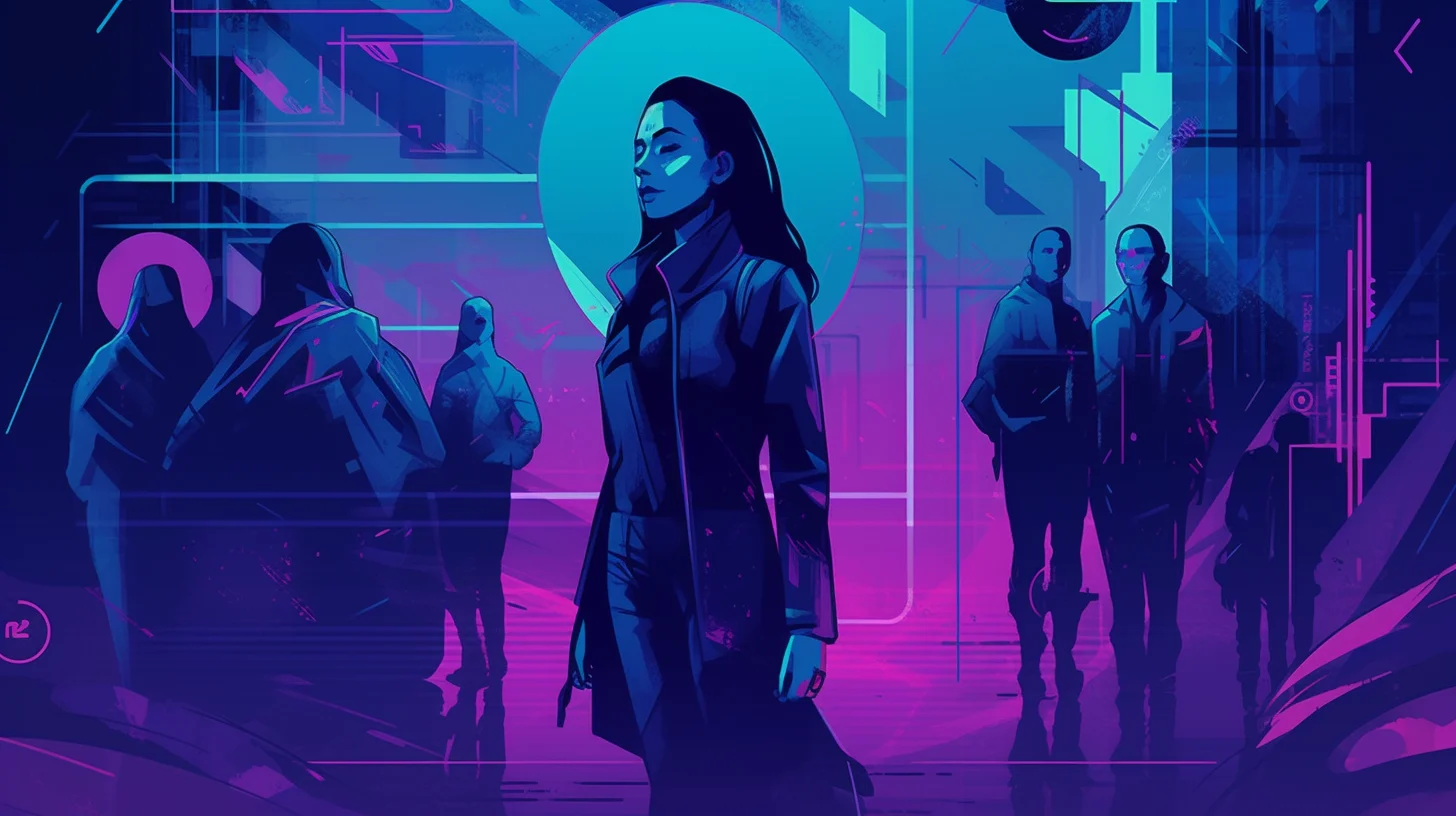Designing UI Elements: A Guide to Component-Based Design
06/21/2023

In the digital era, user interface (UI) design plays a pivotal role in crafting engaging and intuitive user experiences. A favored approach among designers is component-based design. This post will serve as your comprehensive guide to designing UI elements using this approach, with valuable insights and practical tips to refine your design workflow.
Understanding Component-Based Design
Component-based design is a method that breaks down user interfaces into reusable parts, called components. Each component encapsulates a specific function, style, and behavior, making it easier for designers and developers to create consistent and scalable interfaces. Designing UI elements as reusable components allows teams to streamline their workflow, enhance collaboration, and ensure consistency across different parts of the application.
Identifying and Defining Components
Starting with a component-based design requires identifying and defining the components needed for your UI. Begin by analyzing your design requirements and decompose them into smaller functional units. For instance, in an e-commerce application, you might have components such as:
Product cards
Navigation bars
Buttons
Forms
Once you've identified the components, define their properties, states, and variations. This ensures each component can adapt to various contexts while maintaining a consistent design language. Documenting these definitions will serve as a reference for the entire design and development team.

Establishing a Design System
A design system serves as a central hub for all UI components, patterns, and guidelines. It offers a complete set of rules and principles that guide the design language and interaction patterns throughout an application.
Creating a design system promotes consistency, accelerates the design process, and enables efficient collaboration. This system should include a library of reusable components with detailed specifications like typography, color schemes, spacing, and responsive behavior. Using a design system, designers can easily access and implement UI elements, thereby reducing repetitive design work and ensuring a cohesive user experience.
Prototyping and Iteration
Prototyping is an essential phase in the component-based design process. It enables designers to validate their ideas, test interactions, and gather feedback from stakeholders or end-users. Tools like Figma or Sketch can help designers create interactive prototypes that closely mirror the final product.
During prototyping, designers can iterate their UI components, gaining insights into their usability and effectiveness. This feedback loop refines the components, enhancing their functionality and visual appeal. It's crucial to involve users in this iterative process to ensure the final UI elements meet their needs and expectations.
Collaboration between Designers and Developers
The component-based design approach encourages designers and developers to work closely throughout the design process. Designers provide developers with detailed component specifications, design files, and guidelines from the design system. This collaboration ensures the design vision is effectively translated into the final product.
Designers and developers can use tools such as Zeplin or InVision to enhance communication and collaboration. These tools enable designers to share design files, examine components, and give feedback to developers in context. By fostering collaboration, the component-based design approach promotes efficiency and reduces misunderstandings between design and development teams.
Testing and Validation
Before implementing UI components into the final product, it's crucial to conduct thorough testing and validation. Conduct usability testing to ensure the components are intuitive, accessible, and meet users' expectations. Perform cross-device and cross-browser testing to verify the components display consistently across various platforms.
Moreover, regularly review and update the design system based on user feedback, industry trends, and emerging technologies. The design system should evolve and adapt to align with the changing needs and expectations of users.
Designing UI elements using a component-based approach offers several benefits, including enhanced efficiency, consistency, and scalability. By understanding component-based design basics, creating a design system, iterating through prototyping, encouraging collaboration, and conducting thorough testing, designers can craft intuitive and visually appealing UI elements that elevate user experiences. Component-based design empowers designers to create cohesive interfaces that contribute significantly to the success of digital products and services.
Wrap Up
To sum up, a component-based design approach offers myriad benefits that make it worth considering in your design process. Not only does it increase the efficiency of the design and development process, but it also ensures consistency and scalability in your user interface. This approach, along with a design system, equips teams to create effective, adaptable, and visually coherent interfaces.
By incorporating prototyping and iterative feedback, design teams can continually refine their components and ensure they meet user needs and expectations. Collaboration tools like Zeplin or InVision facilitate seamless interaction between designers and developers, ensuring the design vision is successfully translated into the final product.
The continuous process of testing and validation, coupled with regular updates to the design system, ensures your user interface stays intuitive, accessible, and relevant to the users. Always remember, the design system should be flexible enough to evolve with the changing needs of users, industry trends, and emerging technologies.
Embrace the component-based design approach, and you'll be well on your way to crafting engaging, effective, and delightful user experiences.
